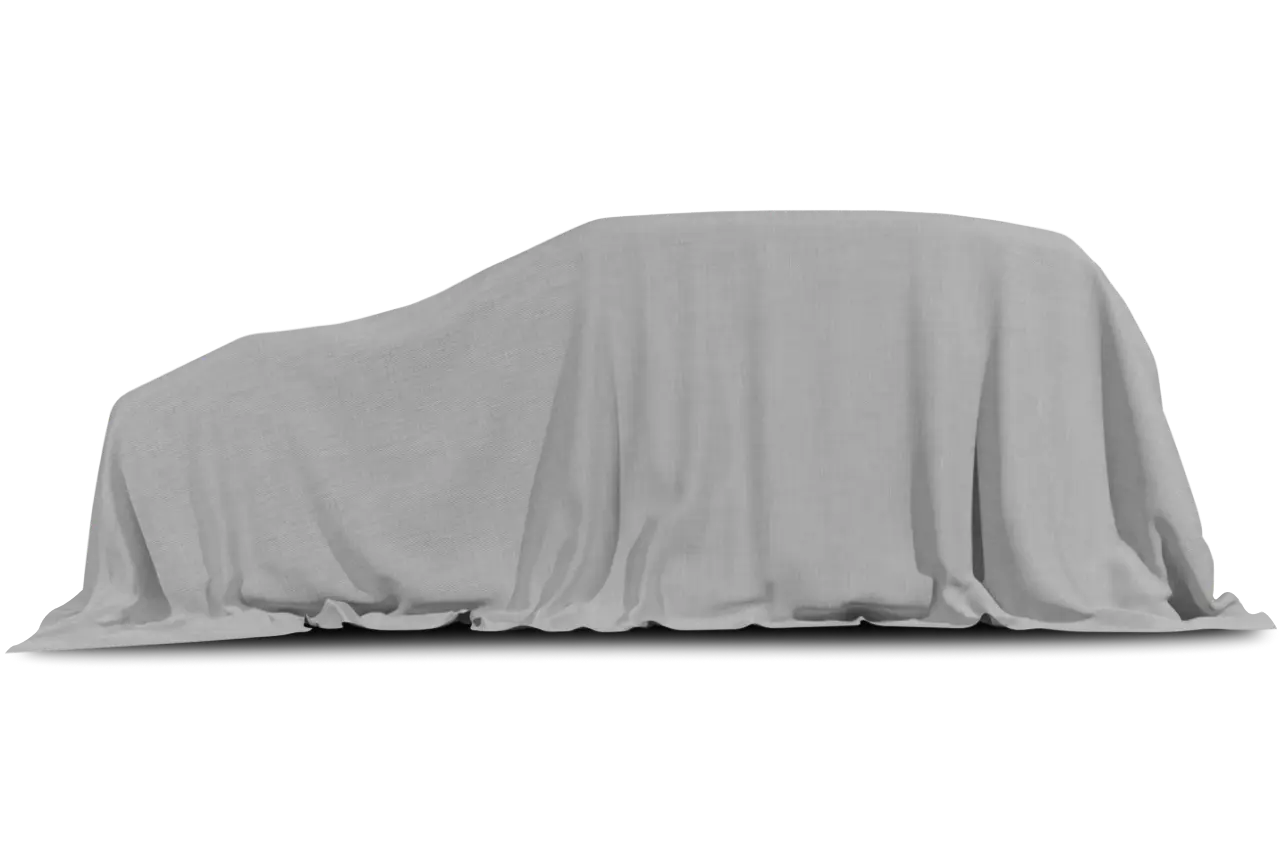
Vehicle Overview
Ford adds standard side curtain airbags and its new voice-activated multimedia system, Sync, to its midsize Explorer SUV for 2008. There are three trim levels: XLT, Eddie Bauer and Limited. The Explorer competes with the Chevrolet TrailBlazer, Jeep Grand Cherokee and Nissan Pathfinder.
An audio input jack is standard with all radios. The available DVD entertainment system features an 8-inch screen, and three new colors are available: Stone Green Clearcoat Metallic, Vapor Silver Clearcoat Metallic and White Suede Clearcoat Metallic.
Limited models come standard with auxiliary air conditioning, 18-inch chrome-clad wheels and a reverse sensing system.
Later in the model year, in place of a standard fuel cap Ford will introduce a cap-less fuel filler. Ford says the system saves refueling time and can provide a better seal to trap fuel vapors.
Exterior
Eddie Bauer and Limited models offer power running boards. In the Explorer’s 2002 redesign, engineers devised an innovative porthole-in-frame independent rear suspension, with shafts that poke through holes drilled into the frame. Ford says trailing arms added to the rear suspension in 2006 make it more robust.
Built on a 113.7-inch wheelbase, the Explorer measures 193.4 inches long overall. Large door openings coupled with a low step-in height should help ease entry and exit. A power moonroof and new-for-2008 20-inch wheels are optional.
A chrome four-bar grille, unique bumpers, fog lamps, puddle lamps and 16-inch aluminum wheels are installed on XLT models. Eddie Bauer editions get a two-tone bumper and trim treatment, a chrome three-bar grille, Pueblo Gold running boards and 17-inch painted aluminum wheels. Chrome roof rails and 18-inch machined aluminum wheels are installed on the Limited.
Interior
Available in the 2008 Explorer — along with 11 other Ford models — is the Sync voice-activated multimedia system. Sync is a joint venture with Microsoft that allows drivers to control Bluetooth-enabled mobile phones and MP3 players with steering-wheel buttons and voice commands.
Navigation-equipped Explorers now use voice-activation. The interior features a contemporary instrument panel and a console-mounted floor shift lever. Seating for five occupants is standard, but a flat-folding third-row seat that permits seven-passenger capacity can be installed. An optional Powerfold feature allows the third row to fold flat at the touch of a button. The 60/40-split folding second-row seat can be reclined.
The XLT adds an overhead storage console and a six-way power driver’s seat with lumbar adjustment. Woodgrain interior accents and leather-trimmed seats highlight the Eddie Bauer edition, which has a four-line message center and remote keyless entry with a keypad. Heated front seats, a power passenger seat, dual-zone automatic temperature control and a six-CD player with MP3 capability are standard in the Limited.
To commemorate Ford’s sponsorship of the Ironman World Championship, XLT models offer an Ironman Package. It includes Ironman logos, 18-inch machined aluminum wheels, an exclusive Orange Frost color, and 10-way leather-trimmed and heated front seats.
Insulation materials used along the headliner, door panels and floor of the passenger compartment offer a quieter ride. A heated windshield, Sirius Satellite Radio and DVD navigation system are optional.
Under the Hood
Either a 210-hp, 4.0-liter V-6 or a 292-hp, 4.6-liter V-8 with three valves per cylinder that generates 300 pounds-feet of torque can be installed in the Explorer. The V-6 teams with a five-speed automatic transmission, while the V-8 works with a six-speed automatic. Explorers can be equipped with rear- or four-wheel drive.
When properly equipped, a V-6-equipped Explorer can tow up to 5,395 pounds, versus 7,310 pounds in models with V-8 power.
Safety
All models feature Ford’s Safety Canopy side curtain airbag system standard.
Antilock brakes and Ford’s AdvanceTrac electronic stability system with Roll Stability Control are also standard. Seat-mounted side-impact airbags, a tire pressure monitoring system and a five-level front-passenger sensing system are standard. A 4-inch-thick foam block installed between the exterior and interior front-door panels helps manage side-impact forces on occupants’ hips.










































